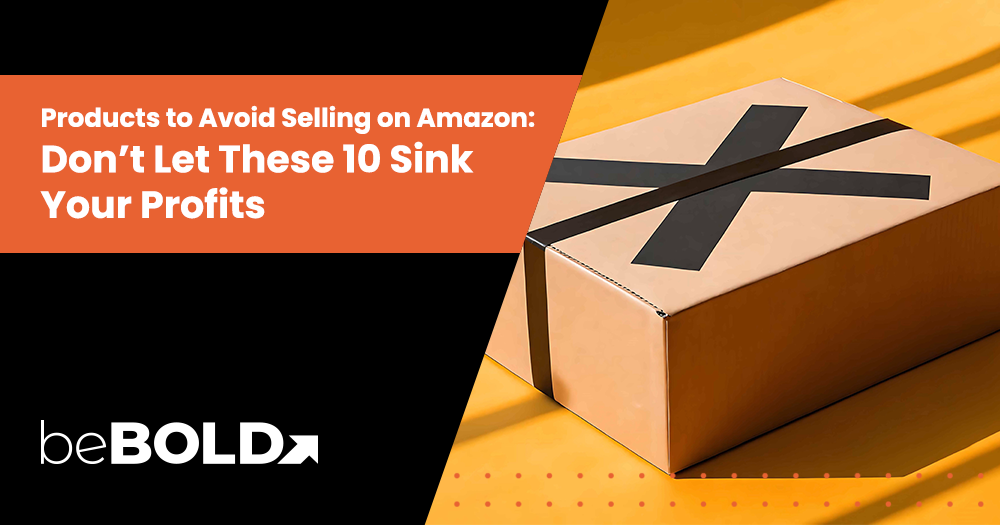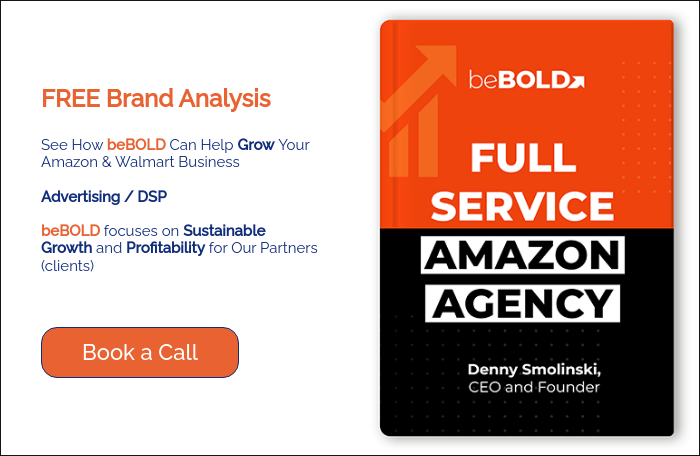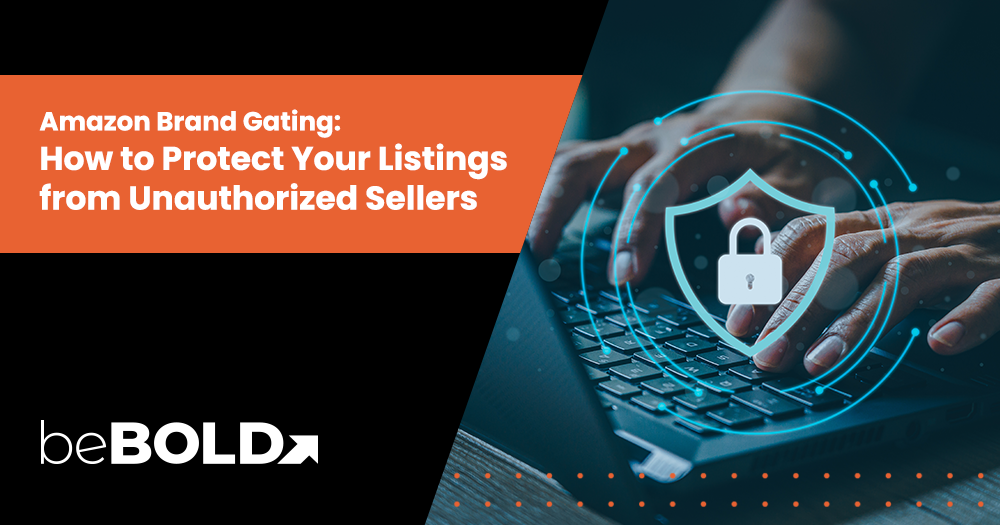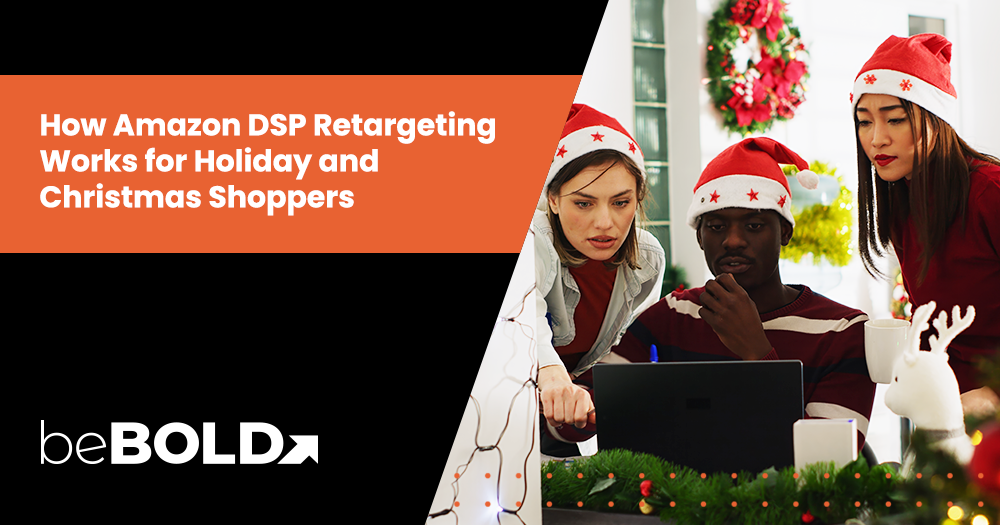Amazon is an incredible channel, but not every item belongs there. Unfortunately, choosing the wrong product can drain budget on prep, ads, returns, and policy appeals—before you see a dime back.
Below is a practical guide written for brand owners and operators who want to grow with fewer compliance fires and red flags.
Key Summary
- Restricted does not mean prohibited. Restricted items may be sellable with approval in gated categories, brands, or ASINs, while prohibited items can never be sold. Always validate against Amazon’s Restricted products and FBA product restrictions before sourcing. 🚫
- Amazon enforces seasonal FBA rules. Meltable inventory is only accepted from October 16 to April 14, and items arriving between April 15 and October 15 will be deemed unfulfillable and disposed of for a fee. 🍫
- Hazmat and lithium products require strict documentation. Many aerosols, flammables, and lithium-battery products need safety data sheets and UN 38.3 test summaries, or they risk being blocked from FBA. 🔋
- Certain claims can trigger hidden restrictions. Innocent wording such as “antibacterial” or “antiviral” can reclassify items as pesticides or devices, leading to compliance issues and takedowns—especially for beauty and pet products. 🧴
- Many product categories are high-risk for profitability. Oversize, fragile, hazmat, meltable, tariff-heavy imports, fads, oversaturated niches, ingestibles or topicals, and products sold directly by Amazon are often unwise investments. 📉
The Importance of Choosing the Right Product
On Amazon, your product choice dictates everything—unit economics, ad CPCs, return rates, even whether your ASIN survives compliance review. A strong selection strategy directly impacts profitability, account health, and long-term growth, while poor product decisions often lead to low margins, high returns, compliance violations, or stranded inventory, draining both capital and time.
Several reports stress that new and seasoned sellers alike should focus on evergreen demand, manageable competition, and compliance readiness. For example, sourcing fragile or trendy products without proper analysis may result in excessive returns or unsellable stock once demand fades. Similarly, choosing categories like supplements or cosmetics without understanding Amazon’s restrictions can trigger sudden listing removals.
In short, choosing the right product isn’t just about chasing high search volume. It’s about balancing demand, compliance, and operational efficiency to set your brand up for sustainable success.
With that lens, let’s unpack the 10 product types most likely to sink profits, and when (rarely) they make sense.
10 Types of Products to Avoid (and when they might work)
Every seller dreams of finding that perfect product, but many overlook the hidden pitfalls of certain categories. The following list highlights the ten types of products most experts recommend avoiding. While each comes with risks (from high return rates to compliance headaches) there are niche scenarios where they can still be profitable if approached strategically.
1) Oversize/Heavy

Source: Pexels
Why it’s risky: Oversize or heavy products are risky because they incur higher FBA storage and shipping fees, are prone to dimensional weight surprises, and face greater damage-in-transit risks.
When it might work: This type of product can sometimes work if it has a high average order value, low return rate, and negotiated inbound freight to offset cubic and storage fees. Sellers should always model their FBA fees with actual carton dimensions and weights before placing purchase orders.
Examples: Treadmills, large furniture, and bulky outdoor equipment
2) Fragile Products

Source: Pexels
Why it’s risky: Fragile products are risky because they require higher prep costs such as bubble wrapping or double-boxing, and they are more likely to break and be returned, which negatively impacts ranking and account health.
When it might work: They can sometimes work if sold as kits with protective packaging and a strong returns-proof use case, such as specialty lab glass for B2B. Some fragile topicals, like acetone removers, may also be classified as hazardous materials, which adds extra compliance requirements.
Examples: Glassware, ceramics, and delicate electronics
3) Hazmat (Dangerous Goods)

Source: Pexels
Why it’s risky: Hazardous materials are risky because they require documentation such as SDS sheets, may be subject to Dangerous Goods review, can only be stored in limited fulfillment centers, and often face shipping constraints that delay launches.
When it might work: They can sometimes work if you have the correct SDS, confirmed FBA Dangerous Goods eligibility, and have priced in slower fulfillment center placement. Sellers should always validate eligibility and follow FBA product restrictions closely.
Examples: Aerosol sprays, nail polish removers, and cleaning chemicals
Want to learn more about selling dangerous or hazmat goods on Amazon? Read more about it here: Amazon Dangerous Goods Program
4) Meltable

Source: Pexels
Why it’s risky: Meltable products are risky because they are only accepted into FBA between October 16 and April 14; items arriving outside that window will be disposed of, and summer advertising cannot save stock that cannot be sent.
When it might work: These products can sometimes work as seasonal Q4 strategies, such as gift chocolates, where sellers plan their replenishment cadence and keep FBM as a fallback option.
Examples: Chocolates, gummy vitamins, and wax-based items like candles
5) Restricted & Prohibited Products

Source: Pexels
Why it’s risky: Restricted and prohibited products are risky because they are subject to policy removals, account health hits, withheld funds, and even account deactivation.
What to do instead: Sellers should instead check Add a product → Show limitations for ASIN-level, category, or brand gating before buying inventory.
Examples: Certain medical devices, pesticide products, alcohol, and branded goods without authorization
Take Note: For beauty products and pet selections in particular, words such as “antibacterial,” “antiviral,” or “repels fleas/ticks” can convert a listing into a pesticide or device, which requires regulatory compliance and training. This is a common cause of takedowns.
6) Tariff-Heavy Imports

Source: Pexels
Why it’s risky: Tariff-heavy imports are risky because duties can erase margins, and rates vary by HTS classification and can change with trade policy.
When it might work: They can sometimes work if the landed cost remains competitive after duties or if you can near-shore or shift HS codes legitimately via material changes with the help of a customs broker.
Examples: Certain textiles, steel-based products, and electronics imported from tariff-impacted countries
7) Fad or Trendy Products

Source: Pexels
Why it’s risky: Fad or trendy products are risky because they have short demand cycles that often lead to stranded inventory and high storage fees.
When it might work: They can sometimes work for limited runs with a clear exit plan and verified search trend longevity.
Examples: Fidget spinners and toys, viral TikTok gadgets, or holiday-specific décor
8) Over-Saturated Products

Source: Pexels
Why it’s risky: Over-saturated products are risky because they face high review moats, escalating advertising costs, and brutal price compression.
When it might work: They can sometimes work if you control intellectual property, offer true differentiation, or create bundles with protected value propositions.
Examples: Generic phone cases, yoga mats, and kitchen utensils
9) Ingestibles & Topicals (Food, Supplements, Cosmetics)

Source: Pexels
Why it’s risky: Ingestible and topical products are risky because they require strict expiry management, face ingredient restrictions, attract scrutiny for medical or therapeutic claims, and undergo frequent enforcement.
When it might work: If you’re planning on selling supplements on Amazon, these products can sometimes work if sellers avoid drug-like claims, maintain full documentation such as INCI and COA, and account for the risks of flammables or hazardous formulations.
Examples: Protein powders, herbal supplements, and skincare creams
10) Products “Sold by Amazon” (Amazon as the Buy Box seller)

Source: Pexels
Why it’s risky: Products that are sold by Amazon are risky because Amazon dominates the Buy Box, making it difficult for third-party sellers to win traffic or maintain margin.
When it might work: They can sometimes work only in rare cases, such as when creating exclusive bundles or when Amazon’s out-of-stock patterns leave consistent gaps that you can fill.
Examples: Amazon products, such as Echo devices, or big-brand consumables like diapers
If you’d like expert support in brainstorming compliant, profitable product solutions tailored to your brand, reach out to beBOLD Digital. Reach out to our team today and we’ll help you evaluate opportunities, navigate restrictions, and build strategies that scale.
What to Look Out for: Amazon Product‑Sourcing Flags (Fast Checklist)
Before placing a purchase order, it’s critical to scan for red flags that could compromise compliance or profitability. Amazon’s policies and FBA requirements mean that certain attributes instantly add risk or extra cost. By watching for these signals early and staying on top of your Amazon due diligence, you can avoid wasted investment and keep your account health strong.
These are the most common flags to screen before you buy:
- Restricted/Gated (category/brand/ASIN) – Requires approval or may be blocked entirely.
- IP complaints (history or risk indicators) – Brands with frequent IP claims can trigger suspensions.
- Oversize (dimensional weight, special handling) – Inflates FBA storage and shipping fees.
- Fragile (breakage and return exposure) – Higher prep and return rates eat into margins.
- Meltable (seasonal FBA window) – Only accepted Oct 16 to Apr 14; otherwise disposed of.
- Hazmat (needs SDS/DG routing) – Requires documentation and limited FC availability.
- Adult (packaging & ad limitations) – Restricted ad targeting and sensitive handling rules.
How to Quickly Check Products for Sourcing Flags
Before you commit to sourcing, it’s essential to run a quick compliance and viability check, especially if you’re planning on becoming an Amazon wholesale supplier. This step saves you from investing in inventory that Amazon may block or that comes with hidden costs. Think of it as a rapid due‑diligence process that helps you spot red flags early and keep your catalog clean.
- Seller Central “Show limitations.” Go to Catalog → Add a Product, search the ASIN, then click Show limitations to view approvals/gating and request access if eligible.
- Validate FBA acceptance. Cross‑check FBA product restrictions (hazmat, prep, prohibited items) and the meltable window (Oct 16–Apr 14).
- Lithium & DG specifics. Provide battery details and UN 38.3 test summary where required; missing data can block FBA.
- Pesticide claims audit. Remove antibacterial/antiviral/repellent language unless you’re fully compliant with pesticide/device policy.
- Use a research overlay. Tools that surface flags on the PDP/Search page (meltable, hazmat, Amazon seller, oversize) reduce misses at scale.
- Gated brands radar. Community lists help you avoid high‑risk brands and frequent IP complainants. (Advisory, not official.)
By making this check routine, you’ll catch compliance issues and profitability traps before they become costly. Once your guardrails are in place, focus your energy on finding better products and suppliers.
Scale Your Amazon Brand With the Right Products
Winning on Amazon is as much about eliminating bad bets as it is about clever branding. When in doubt, choose simpler, safer, and steadier SKUs, then scale. Need help with determining which products are your safest bets? beBOLD Digital can help!
At beBOLD Digital, we specialize in helping brands navigate Amazon’s complex compliance landscape while building listings that actually convert. From category approvals to PPC strategy, our team ensures you avoid costly missteps and focus on scaling with confidence. Ready to take the guesswork out of Amazon growth? Contact beBOLD Digital today and let’s build your next success story.
Frequently Asked Questions
Why do some sellers still list prohibited products on Amazon?
They gamble on short‑term sales, but enforcement is strict; violations can remove listings and suspend accounts.
Are seasonal products risky to sell on Amazon?
Yes. After peak, demand drops and storage fees rise. Seasonal works best as a complement to evergreen items.
Do all international products face extra restrictions on Amazon?
Not all, but many imports require labeling, testing, and documents. Without them, Amazon may block listings.
Are private‑label sellers safer from product restrictions?
No. Private labels must still comply with restricted categories and safety standards.
Can I sell handmade or custom products without restrictions?
They must still meet category and safety rules. For instance, skincare can be cosmetics/hazmat; candles may be flammable.
What happens if customers keep returning my product, even if it’s allowed?
High return rates can trigger listing suppression and harm Account Health.
How can I check product restrictions before investing in inventory?
Use Seller Central’s Restricted products hub, Add a product → Show limitations, and FBA restrictions; research tools can flag risks.










Comments